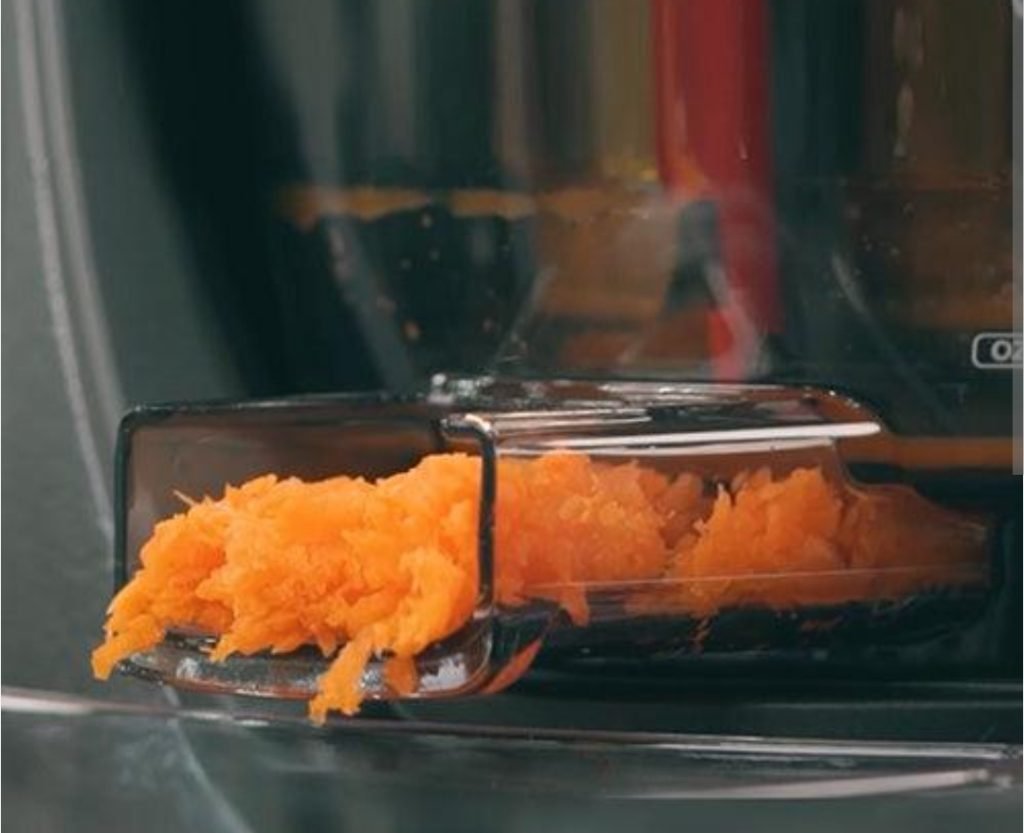Using Your Leftover Carrot Juice Pulp(Includes many delicious recipes)
Introduction
Welcome to a culinary voyage where sustainability meets culinary creativity!
In this introduction, we embark on a journey to explore the often-overlooked world of carrot pulp and its remarkable potential in the kitchen.
Beyond being a byproduct of juicing, carrot pulp is a goldmine of nutritional benefits, containing a wealth of fiber, vitamins, and minerals.
The allure of using carrot pulp in recipes extends far beyond its nutritional content. It presents a unique opportunity to reduce food waste while elevating the flavors and textures of various dishes.
As we delve into the intricacies of carrot pulp utilization, you’ll discover how this simple ingredient can transform mundane meals into delightful culinary experiences.
At its core, this exploration is more than a culinary escapade; it’s a commitment to sustainable living.
We’ll unravel the importance of reducing food waste through creative cooking, showcasing how every spoonful of carrot pulp contributes not only to a healthier lifestyle but also to a greener, more environmentally conscious world.
So, fasten your seatbelts, unleash your culinary curiosity, and join us as we learn to savor sustainability with every delectable bite crafted from the humble carrot pulp. Let’s turn kitchen scraps into gourmet treasures, one recipe at a time.
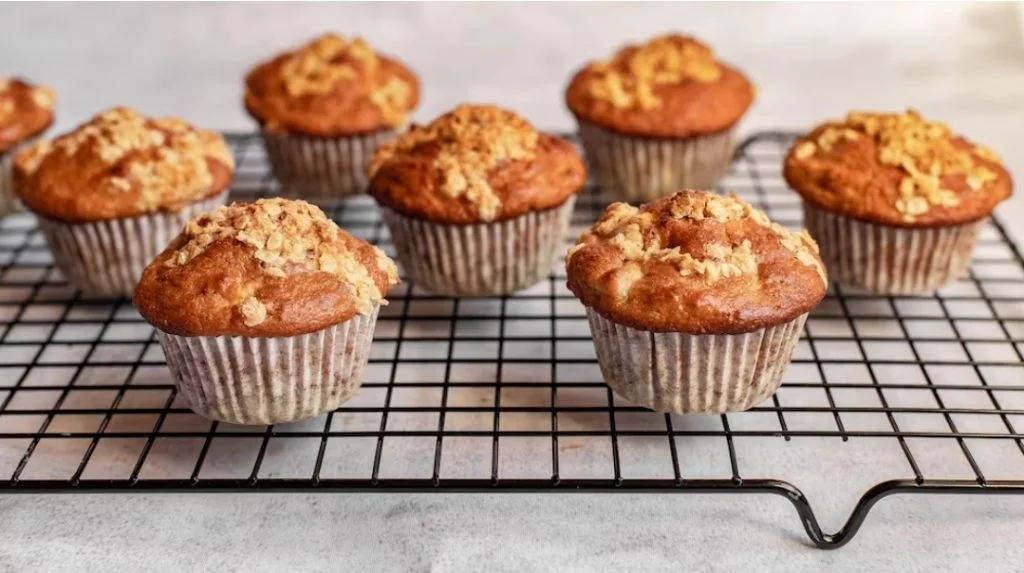
Why Carrot Pulp?
In our quest to embrace carrot pulp as a culinary gem, let’s first dissect its nutritional profile. Carrot pulp, often disregarded as mere residue, carries a nutritional payload that transforms it from waste to a wellness booster.
Packed with dietary fiber, it aids digestion and promotes a healthy gut microbiome. The vibrant orange hue is indicative of its high beta-carotene content, a precursor to vitamin A known for its role in supporting vision and immune function.
Moreover, carrot pulp is a wellspring of antioxidants, combating oxidative stress and contributing to skin health. Its mineral content, including potassium and manganese, adds an extra layer of nutritional value.
By incorporating carrot pulp into your recipes, you not only infuse them with natural sweetness and a hint of earthiness but also enhance their nutritional density.
Sustainable Living: The Art of Repurposing Juice Pulp
Beyond its nutritional prowess, carrot pulp champions the cause of sustainable living. Picture this: you’ve just finished juicing a bunch of vibrant carrots, and there sits a mound of pulp – a culinary canvas waiting to be explored.
Repurposing pulp from juicing aligns seamlessly with the ethos of sustainable and mindful consumption.
Every spoonful of carrot pulp diverted from the trash bin is a victory against food waste. It’s a tangible step toward reducing our ecological footprint.
Juicing, while extracting the liquid essence, leaves behind a fiber-rich residue that, when creatively harnessed, transforms into a catalyst for sustainable cooking. This process not only conserves resources but also addresses the global challenge of food waste, one carrot at a time.
As we immerse ourselves in the culinary possibilities of carrot pulp, let’s not forget the environmental impact of our choices. By embracing sustainable practices in our kitchens, we become stewards of the planet, contributing to a healthier ecosystem for generations to come.
So, let’s honor the humble carrot pulp not only for its nutritional value but also for its role in fostering sustainable living practices in our everyday culinary adventures. The journey to a greener, more nourished world begins with a single, thoughtful choice – in this case, with the conscious use of carrot pulp.
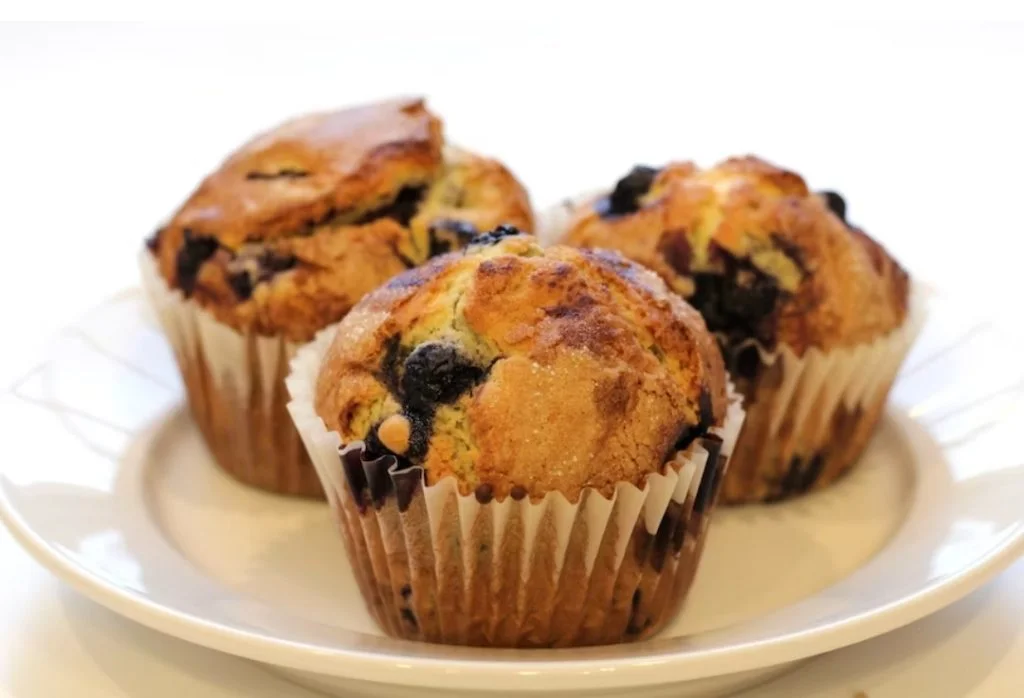
Various Carrot Pulp Recipes
Now that we’ve uncovered the nutritional riches and embraced the sustainability behind carrot pulp, let’s dive into the heart of our culinary adventure – the recipes. Carrot pulp, with its unique texture and subtle sweetness, becomes the focal point in an array of dishes that transform the mundane into the extraordinary.
Carrot Pulp Hummus: A Dip Beyond Ordinary
Ingredients:
- 1 cup carrot pulp
- 1 can (15 oz) chickpeas, drained and rinsed
- 1/4 cup tahini
- 1/4 cup olive oil
- 1 clove garlic, minced
- Juice of 1 lemon
- 1 teaspoon ground cumin
- Salt and pepper to taste
- Water (as needed for desired consistency)
Instructions:
- Blend carrot pulp, chickpeas, tahini, olive oil, garlic, lemon juice, cumin, salt, and pepper until smooth.
- Adjust consistency with water.
- Drizzle with olive oil, sprinkle cumin before serving.
Carrot Pulp Energy Bites: Bursting with Nutrients
Ingredients:
- 1 cup carrot pulp
- 1 cup rolled oats
- 1/2 cup nut butter
- 1/3 cup honey or maple syrup
- 1/2 cup shredded coconut
- 1/2 teaspoon vanilla extract
- A pinch of salt
- Optional: Chia seeds, flaxseeds, or chocolate chips
Instructions:
- Mix carrot pulp, oats, nut butter, honey, coconut, vanilla, and salt.
- Add optional ingredients for texture.
- Roll into bite-sized balls and refrigerate.
Carrot Pulp and Apple Muffins: Wholesome Delights
Ingredients:
- 2 cups carrot pulp
- 1 cup grated apple
- 2 cups all-purpose flour
- 1 teaspoon baking powder
- 1/2 teaspoon baking soda
- 1/2 teaspoon cinnamon
- 1/4 teaspoon nutmeg
- 1/2 cup brown sugar
- 1/2 cup melted coconut oil or vegetable oil
- 2 large eggs
- 1 teaspoon vanilla extract
Instructions:
- Mix carrot pulp, apple, flour, baking powder, baking soda, cinnamon, and nutmeg.
- Whisk sugar, oil, eggs, and vanilla.
- Combine wet and dry ingredients.
- Bake in muffin tin at 350°F for 20-25 minutes.
These recipes showcase the versatility of carrot pulp, taking it from a leftover byproduct to a star ingredient that elevates the culinary experience.
Whether you’re dipping into the creamy goodness of carrot pulp hummus, enjoying the energy-packed bites, or savoring the wholesome delight of muffins, each dish is a celebration of mindful, sustainable cooking. Join us as we bring these recipes to life and transform your kitchen into a stage for culinary innovation!
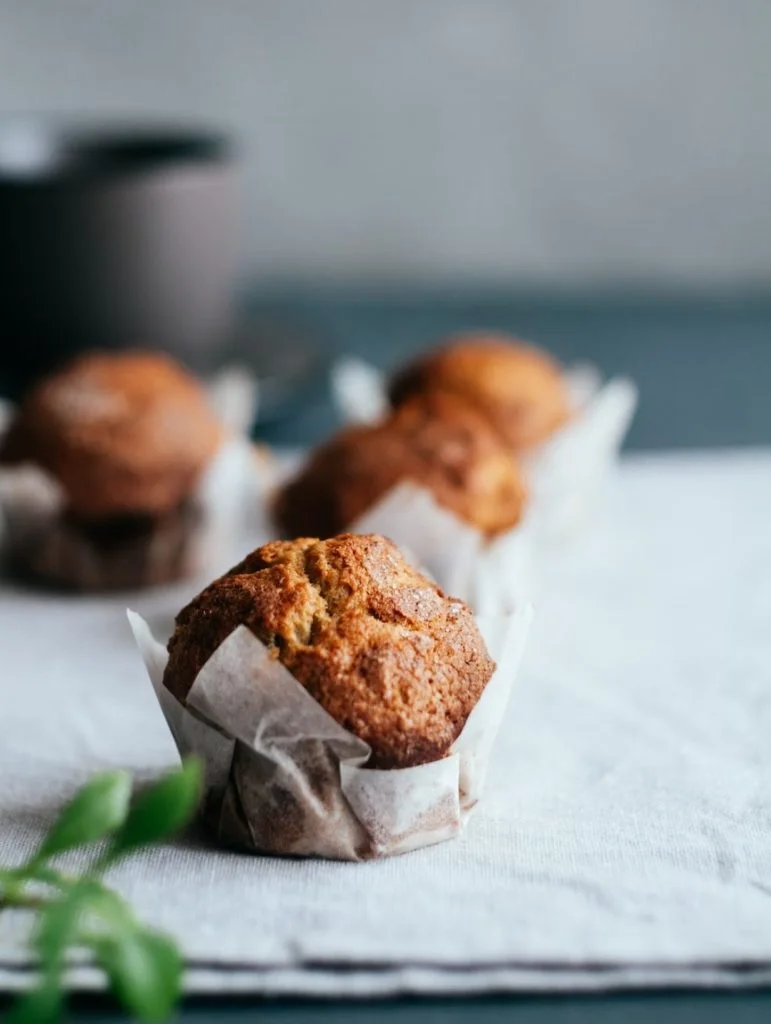
Other Juice Pulp Muffins
Juicing is a health-conscious habit that leaves behind a fibrous aftermath – pulp. In our culinary exploration, we turn our attention to juice pulp muffins, a delightful way to repurpose this often-discarded residue into flavorful breakfast treats.
The Art of Crafting Juice Pulp Muffins:
Ingredients:
- 2 cups mixed juice pulp (carrot, apple, etc.)
- 1 1/2 cups all-purpose flour
- 1/2 cup sugar
- 1/2 cup vegetable oil
- 2 large eggs
- 1 teaspoon baking powder
- 1/2 teaspoon baking soda
- 1/2 teaspoon cinnamon
- A pinch of salt
- Optional: Nuts, dried fruits, or seeds for added texture
Instructions:
- Preheat the oven to 375°F (190°C) and line a muffin tin with paper liners.
- In a large bowl, combine juice pulp, flour, sugar, baking powder, baking soda, cinnamon, and salt.
- In a separate bowl, whisk together oil and eggs until well combined.
- Pour the wet ingredients into the dry ingredients and stir until just combined.
- Fold in optional ingredients for texture.
- Spoon the batter into the muffin tin, filling each cup about 2/3 full.
- Bake for 20-25 minutes or until a toothpick inserted into the center of a muffin comes out clean.
- Allow the muffins to cool in the tin for 5 minutes before transferring them to a wire rack to cool completely.
Unlocking the Flavor Potential:
Juice pulp muffins offer a unique medley of flavors, and the beauty lies in their adaptability. The mix of fruit and vegetable pulp adds a subtle sweetness and moisture, making these muffins not only delicious but also a wholesome breakfast option.
Tips for Perfect Juice Pulp Muffins:
- Mix and Match Pulp: Experiment with different combinations of fruit and vegetable pulp to create a personalized flavor profile.
- Texture Boosters: Elevate your muffins by adding nuts, dried fruits, or seeds for a delightful crunch.
- Storage: Store these muffins in an airtight container for freshness, and they can be frozen for later use.
Juice pulp muffins exemplify the potential of transforming what might be considered kitchen waste into a scrumptious and sustainable breakfast.
As you savor each bite, revel in the knowledge that you’re not just indulging your taste buds but also contributing to a more sustainable and eco-friendly kitchen.
Stay tuned as we continue our culinary journey, uncovering more creative uses for carrot pulp and exploring the myriad ways it can enrich our daily meals.

Carrot Pulp Muffins: Healthy Baking at Its Best
Transitioning from juice pulp to the heart of our discussion—carrot pulp muffins. These muffins embody the essence of healthy baking, combining the earthy sweetness of carrot pulp with carefully selected ingredients to create a guilt-e indulgence.
Creating Wholesome Carrot Pulp Muffins:
Ingredients:
- 2 cups carrot pulp
- 1 cup grated apple
- 2 cups whole wheat flour
- 1 teaspoon baking powder
- 1/2 teaspoon baking soda
- 1/2 teaspoon cinnamon
- 1/4 teaspoon nutmeg
- 1/2 cup coconut sugar
- 1/2 cup melted coconut oil or vegetable oil
- 2 large eggs
- 1 teaspoon vanilla extract
Instructions:
- Preheat the oven to 350°F (175°C) and line a muffin tin with paper liners.
- In a large bowl, combine carrot pulp, grated apple, whole wheat flour, baking powder, baking soda, cinnamon, nutmeg, and coconut sugar.
- In a separate bowl, whisk together melted coconut oil or vegetable oil, eggs, and vanilla extract.
- Pour the wet ingredients into the dry ingredients and stir until just combined. Do not overmix.
- Spoon the batter into the muffin tin, filling each cup about 2/3 full.
- Bake for 20-25 minutes or until a toothpick inserted into the center of a muffin comes out clean.
- Allow the muffins to cool in the tin for 5 minutes before transferring them to a wire rack to cool completely.
Balancing Health and Flavor:
These carrot pulp muffins strike the perfect balance between health-conscious choices and indulgent flavors.
The natural sweetness from carrot pulp and apple reduces the need for excessive sugar, while the inclusion of whole wheat flour enhances the fiber content, making these muffins a nutritious option for breakfast or snacks.
Tips for Baking Success:
- Variety in Pulp: Experiment with different varieties of carrot pulp for nuanced flavors.
- Natural Sweeteners: Consider using natural sweeteners like honey or maple syrup for added depth.
- Storage: Keep these muffins in an airtight container to maintain their freshness.
As you indulge in these wholesome carrot pulp muffins, relish the fact that you’re not only treating yourself but also nourishing your body with essential nutrients.
Join us in the next section as we explore more creative and cost-effective ways to make the most of carrot pulp, ensuring that your kitchen remains a hub of sustainable and delectable delights.

Muffins from Juice Pulp: Satisfying Your Sweet Tooth
Venturing further into our exploration, we shift our focus to muffins crafted from various juice pulps. These sweet treats not only fulfill your cravings but also stand as a testament to the versatility of juice pulp in baking.
Crafting Sweet Muffins from Juice Pulp:
Ingredients:
- 2 cups mixed juice pulp (carrot, orange, etc.)
- 1 1/2 cups all-purpose flour
- 1/2 cup sugar
- 1/2 cup vegetable oil
- 2 large eggs
- 1 teaspoon baking powder
- 1/2 teaspoon baking soda
- A pinch of salt
- Optional: Zest of citrus fruits for extra flavor
Instructions:
- Preheat the oven to 375°F (190°C) and line a muffin tin with paper liners.
- In a large bowl, combine juice pulp, flour, sugar, baking powder, baking soda, and salt.
- In a separate bowl, whisk together oil and eggs until well combined.
- Pour the wet ingredients into the dry ingredients and stir until just combined.
- Fold in optional citrus zest for an additional burst of flavor.
- Spoon the batter into the muffin tin, filling each cup about 2/3 full.
- Bake for 20-25 minutes or until a toothpick inserted into the center of a muffin comes out clean.
- Allow the muffins to cool in the tin for 5 minutes before transferring them to a wire rack to cool completely.
Exploring the Versatility:
Juice pulp muffins bring a delightful fusion of flavors to your table. The combination of different fruit pulps lends a unique sweetness and moisture to the muffins, creating a dessert that stands out with each bite.
Tips for Elevating Juice Pulp Muffins:
- Citrus Zest: Experiment with the zest of citrus fruits to enhance the aromatic profile.
- Colorful Mix: Use a variety of fruit pulps for a colorful assortment of muffins.
- Glaze or Icing: Consider adding a simple glaze or icing for an extra layer of sweetness.
As you savor these juice pulp muffins, revel in the fact that you’re not only enjoying a delectable dessert but also contributing to a sustainable kitchen by repurposing juice pulp.
Join us in the next section as we continue our journey through the diverse and imaginative uses of carrot pulp, uncovering more ways to turn kitchen remnants into culinary masterpieces.
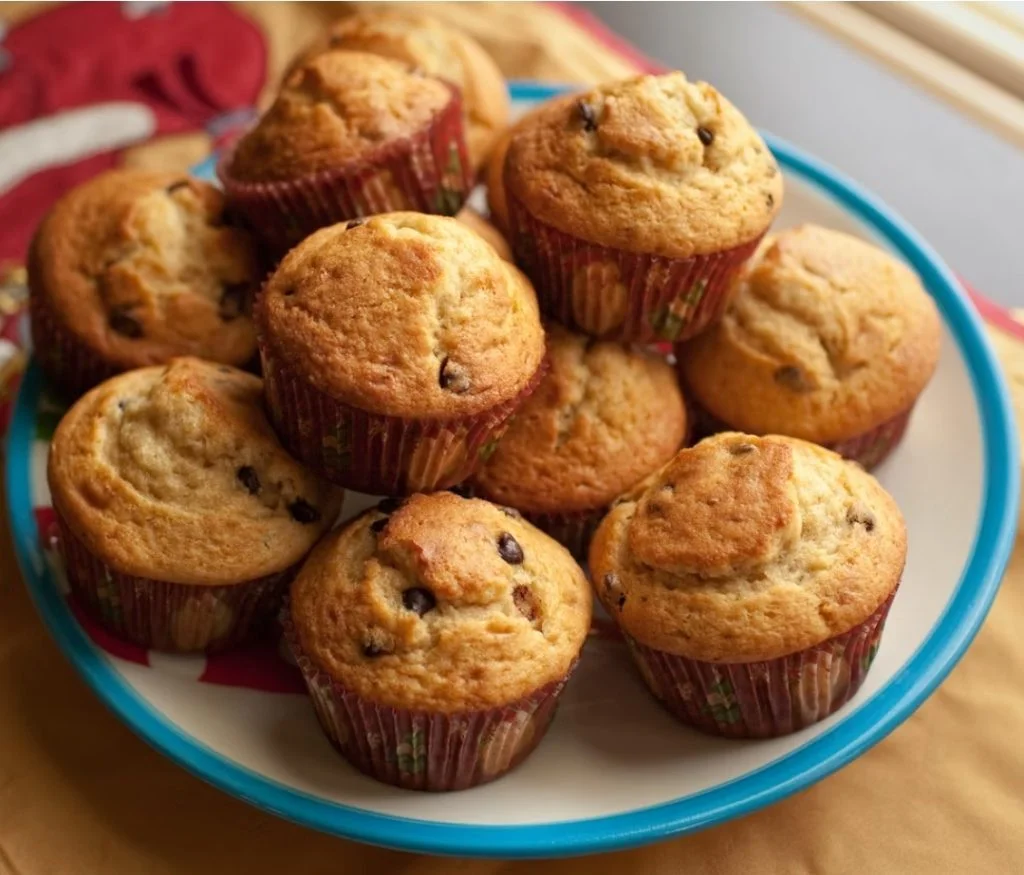
Muffins with Juice Pulp: A Creative Culinary Adventure
Embarking on a creative culinary adventure, our focus now turns to muffins crafted with diverse juice pulp flavors. This section encourages experimentation, allowing you to personalize your muffins and infuse your kitchen with a burst of creativity.
Creating Diverse Muffins with Juice Pulp:
Ingredients:
- 2 cups mixed juice pulp (variety of fruits)
- 1 1/2 cups all-purpose flour
- 1/2 cup sugar
- 1/2 cup vegetable oil
- 2 large eggs
- 1 teaspoon baking powder
- 1/2 teaspoon baking soda
- A pinch of salt
- Optional: Nuts, dried fruits, or spices for customized flavors
Instructions:
- Preheat the oven to 375°F (190°C) and line a muffin tin with paper liners.
- In a large bowl, combine the mixed juice pulp, flour, sugar, baking powder, baking soda, and salt.
- In a separate bowl, whisk together oil and eggs until well combined.
- Pour the wet ingredients into the dry ingredients and stir until just combined.
- Add optional nuts, dried fruits, or spices to personalize the flavors.
- Spoon the batter into the muffin tin, filling each cup about 2/3 full.
- Bake for 20-25 minutes or until a toothpick inserted into the center of a muffin comes out clean.
- Allow the muffins to cool in the tin for 5 minutes before transferring them to a wire rack to cool completely.
Encouraging Flavor Exploration:
In this creative journey, juice pulp becomes your canvas, and the possibilities are endless. Whether you prefer a tropical twist, a berry blast, or a spicy surprise, these muffins provide the perfect platform for flavor experimentation.
Tips for Your Flavorful Muffin Adventure:
- Spice It Up: Experiment with spices like cinnamon, nutmeg, or cardamom for a unique touch.
- Nutty Crunch: Add chopped nuts for texture and an extra layer of flavor.
- Citrus Zing: Incorporate citrus zest for a refreshing kick.
As you savor these custom-made muffins, relish in the joy of a culinary adventure that not only tantalizes your taste buds but also transforms kitchen remnants into bespoke delights.
Join us in the next section as we delve into the broader concept of sustainable cooking, reflecting on the environmental impact of our choices and the importance of reducing food waste.
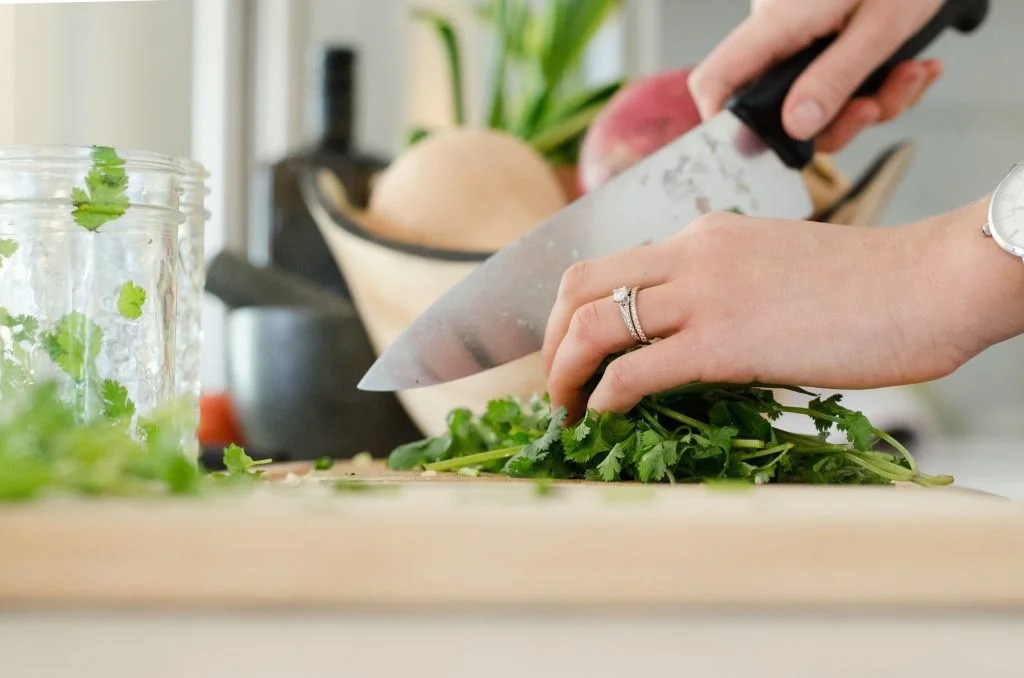
Cooking Beyond Waste: Reducing Food Footprint
As we explore the delectable realms of muffins crafted from various pulp sources, it’s essential to pause and reflect on the broader implications of our culinary choices.
Cooking beyond waste isn’t just about transforming kitchen remnants into delicious dishes; it’s a commitment to reducing our food footprint and embracing a sustainable lifestyle.
The Environmental Impact of Food Waste:
Food waste is a global concern with far-reaching environmental consequences. When we discard kitchen scraps without considering their potential, we contribute to the vast amounts of organic matter in landfills.
As this organic waste decomposes, it releases methane—a potent greenhouse gas that significantly contributes to climate change.
The Role of Sustainable Cooking:
By repurposing juice and carrot pulp in our recipes, we actively engage in sustainable cooking practices. Every muffin, bite, or dish created from kitchen remnants represents a small yet impactful step toward minimizing food waste.
It’s a conscious choice to reduce the burden on landfills, conserve resources, and mitigate our carbon footprint.
Embracing Sustainable Culinary Habits:
Beyond the joy of culinary experimentation, sustainable cooking fosters an ethos of responsibility and mindfulness. It encourages us to make informed choices about the ingredients we use, how we source them, and what we do with the leftovers.
In essence, it transforms our kitchens into hubs of conscious consumption, where creativity and sustainability coexist harmoniously.
The Ripple Effect of Conscious Choices:
As we delve into the realm of sustainable cooking, we become catalysts for change. Our choices send ripples through the broader food ecosystem, inspiring others to consider the environmental impact of their culinary practices.
Cooking beyond waste becomes a shared responsibility, a collective effort to create a healthier, more sustainable world.
In the final sections of our culinary journey, we’ll continue to unravel the potential of carrot pulp and explore practical, cost-effective ways to make the most of this versatile ingredient.
Join us as we delve into budget-friendly options, compare prices, and uncover strategies to maximize the value of your cooking endeavors.

Carrot Pulp: More Than Just Waste
As we near the culmination of our exploration, it’s time to shed light on the untapped potential of carrot pulp. Far from being mere kitchen waste, carrot pulp emerges as a versatile ingredient capable of enhancing the taste and nutrition of various dishes.
Unlocking Culinary Creativity:
Carrot pulp serves as a blank canvas awaiting the strokes of culinary creativity. Its subtle sweetness and unique texture make it an ideal addition to soups, stews, and sauces, elevating the overall dining experience.
By incorporating carrot pulp into your repertoire, you not only enhance the flavor of your dishes but also contribute to the nutritional value.
From Pulp to Flour: A Flourishing Trend:
Beyond its role in recipes, carrot pulp has found a new identity as a flour substitute. Drying and grinding carrot pulp create a vibrant orange flour rich in fiber and nutrients.
This gluten-free alternative opens doors to a range of baked goods, providing a healthy twist to familiar recipes.
Innovative Ways to Reduce Waste:
Carrot pulp’s versatility extends to reducing waste in innovative ways. Consider using it in compost or as animal feed, turning what might be discarded into a valuable resource.
As we embrace sustainable cooking, exploring every avenue for repurposing carrot pulp becomes a hallmark of responsible culinary practices.
Conclusion: A Culinary Odyssey of Flavor and Sustainability
In this culinary odyssey, we’ve journeyed from kitchen remnants to gastronomic delights, discovering the transformative power of carrot and juice pulp. From energy bites to muffins, we’ve explored recipes that not only satisfy the palate but also champion sustainable living.
Our exploration extends beyond the kitchen, touching on the profound impact of reducing food waste. By embracing conscious culinary practices, we not only elevate our meals but also contribute to a healthier planet.
Thank you for joining us on this flavorful and sustainable adventure. May your kitchens always be filled with creativity, consciousness, and the joy of culinary exploration.

